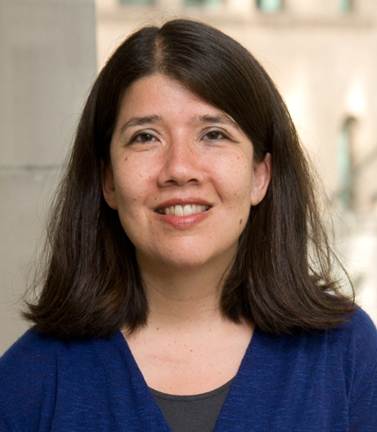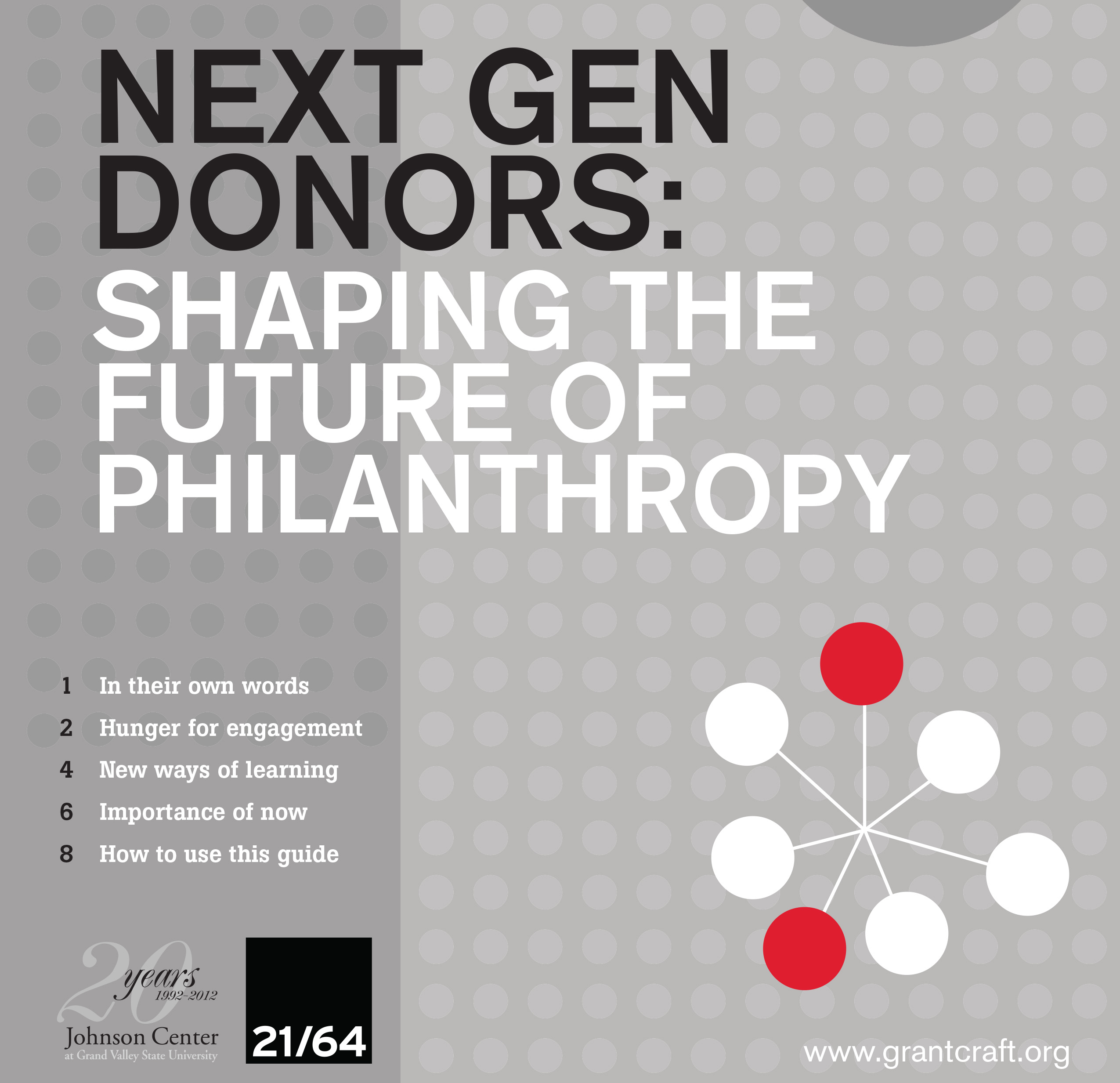GrantCraft + 21/64 + Johnson Center = Knowledge for the Field
When I first learned that the Johnson Center for Philanthropy and 21/64 were planning an ambitious study of next gen donors, I got very excited. So much has been written about the intergenerational transfer of wealth and the potential for philanthropy, yet we know so little about Gen X and Millennial philanthropists.
I have long been a fan of Foundation Review, and a case study I wrote based on my experience as a philanthropic advisor was edited by Michael Moody and published in 2011. Meanwhile, Sharna Goldseker and I had been discussing opportunities for collaboration between 21/64 and GrantCraft, one of the projects I oversee in my current role at the Foundation Center.
Michael, Sharna, and I recognized that the 30 in-depth interviews they conducted for this next gen research project would yield a treasure trove of qualitative data. A typical GrantCraft guide similarly begins with a set of open-ended interviews with funders reflecting on their day-to-day experiences to tease out lessons and spark discussion to help improve the practice of philanthropy.
Wanting to extend their important research with another layer of analysis, they graciously granted me access to their interviews, with the agreement that I would honor the confidentiality and keep identities anonymous. Michael, Sharna, and I compared notes on key findings and, not surprisingly, found many parallels. But because each of us brings varying strengths, experiences, and world views to the table, we also had different areas of emphasis and ways of synthesizing that benefit the larger conversation about next gen donors.
Next Gen Donors: Shaping the Future of Philanthropy, a GrantCraft companion piece to Next Gen Donors: Respecting Legacy, Revolutionizing Philanthropy reveals three themes that the 21/64-Johnson Center interviewees believe set their generations apart—areas that I’ve named a hunger for engagement, new ways of learning, and the importance of now. Taken together, these publications add to our collective knowledge about the fascinating world of family philanthropy and, notably, do so in a cost-effective way that yields additional layers of meaning from a common set of data.
I daresay that our three organizations have charted a new partnership model of data-sharing and complementary analysis that bodes well for future endeavors—among the Foundation Center, the Johnson Center, and 21/64—and for future collaboration for the social sector. Let us know what you think of our approach, and please share your ideas for extending this into additional partnerships.
This post first appeared as a guest blog on nextgendonors.org.


